Sheet Metal Fabrication 101
Published by
Rebecca Cole
on
Got questions on preparing mechanical drawings with sheet metal fabrication processes such as laser cutting & punching, bending, welding, hardware insertion, and powder coating in mind? Trying to understand how to save on tooling costs or confused about metal thicknesses from material to the material? If so, this Metal Fab Monday post is for you. It delivers seven quick tips - but if it doesn’t answer all your custom sheet metal questions, contact us. We’re here to help you make what matters!
- Be aware that material thickness represented in a decimal point may be different from type of material to type of material – EVEN IF they are both the same gauge.
When specifying material thickness on your drawings, double-check the thickness, represented in decimal point format, is correct for the correlating material. For example, 16-gauge aluminum should be represented as .051 while 16-gauge stainless steel should be indicated as .062. While it may not seem like much, indicating the wrong thickness, in this case, will make a 23% difference - which can compound throughout the process and throw your final dimensions off. - Design parts, when possible, with common sheet metal sizes in mind. Optimizing a full sheet of material can add up to big savings.
Read our recent blog post on this topic here or check out this video:
- Lower costs and reduce turn time by avoiding tooling charges.
If your project requires obrounds, knock-outs, louvers, or other specialty cuts it’s a good idea to check with your sheet metal fabricator to understand what tools they have that may accommodate your specifications. Often, they’ll have something close enough which can save thousands of dollars in specialty tooling costs. Also, new tooling can take several weeks to arrive, be inspected, installed, and tested – extending lead times.
Need to know what tools Mika has? Contact one of our Manufacturing Engineers! - Avoid "pulling" during the bending process.
Pulling is when a cut is too close to a bend which may distort the shape during the forming process. The
rule of thumb is, cuts should be 3 ½ times your metal thickness away from the bend. For example, if your material is 1/2” thick, your cuts should be at least 1.75” away from where the bend will occur. - Where and what kind of welds should I specify?
Within the MIG and TIG processes, there are many different types of welds. Working with your custom sheet metal fabricator and welding shop during the design process will help ensure that you get the best weld type for the application and material, as well as one that conforms to necessary specifications.
Here’s how you can reduce costs while getting quality welds. - Should my hardware be the same metal as the assembly it goes in?
The short answer to the question is yes; however, if your part calls for plating or coating - before hardware insertion - then inserting dissimilar hardware material shouldn’t be a problem. The other way around and you may experience galvanic corrosion – especially if your product will be exposed to water, salt or bacteria. Galvanic corrosion causes oxidation resulting in rust that can affect the integrity of your product. - Powder coating pointers.
Powder coating creates a durable, and beautiful, finish to many metals, and is particularly useful for steel parts used in harsh outdoor environments to help prevent rust. However, not all powder coating colors are the same. Some colors, like yellow, can require multiple coats to cover, while greens cover particularly well.
Powder coating can be custom formulated or selected from a catalogue of stock colors. If your project requires powder coating, be sure to provide your fabricator with the:
- RAL number
- Manufacturer Name
- Technical Data Sheet (TDS) to get an exact match.
Formulations from powder manufacturer to powder manufacturer can be slightly different due to variations in formulas, supplying this information upfront will ensure your project flows smoothly through the process thus reducing lead time.
Before selecting a powder coat color, texture or gloss let’s discuss your application!
We hope you find our Sheet Metal Fabricating 101 posts full of helpful information. Need help on a project?
We’ve got the experience to help YOU make what matters. Contact us.
Tags:
Metal Fab Education

.png)
Comments